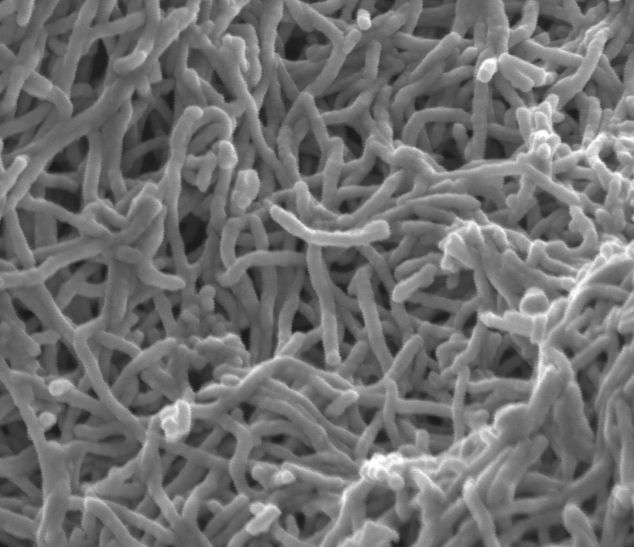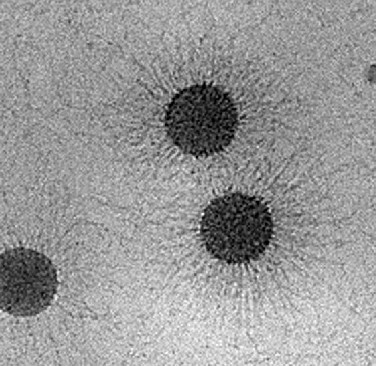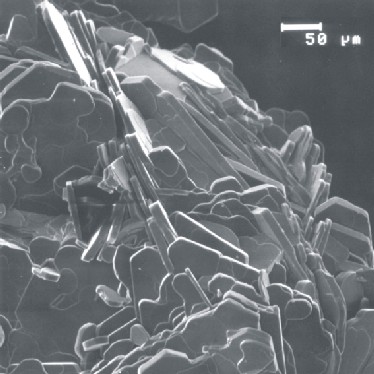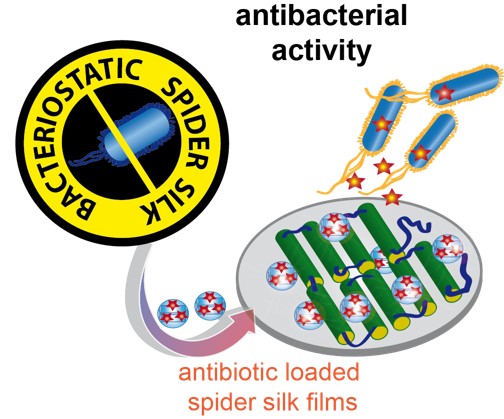Research Projects
A2 (A07)
|
Mesostructured Composites Based on 1D Polyelectrolytic Templates as versatile catalysis platformContact:Prof. Dr. Josef Breu Dr. Holger Schmalz One-dimensional polyelectrolytic templates (cylindrical brushes, patchy cylindrical micelles) will be employed for the synthesis of hierarchically porous, inorganic catalysts and supports. Using this concept, thermally and mechanically stable transition metal oxides for the detoxification of waste water as well as the electrocatalytic water splitting will be developed. In addition, the influence of the basicity of the support on the catalytic activity of supported Pd nanoparticles will be studied. Furthermore, we aim on the development of more efficient heterogeneous catalysts using patchy fiber mats as carriers for catalytically active nanoparticles. |
A4
|
Composite Particles from Inorganic Nanoparticles and Colloidal Carrier SystemsContact:Hybrids from inorganic nanoparticles and colloidal carrier systems play a central role at SFB 840. Subproject A4 aims at developing and characterizing new systems belonging to this class of materials. More specifically, subproject A4 deals with hybrids made from colloidal carrier particles in which the active nanoparticles are created from metal, metal alloys or oxides (e.g. Ag, Au, or TiO₂), or with well-defined organic/inorganic core-shell hybrids. These core-shell structures are optained by growing the organic shell on the desired nanoparticle. Applications for these materials include catalysis (B1, B2) and systems with e.g. a photonic band gap (subprojects B5 to B7). |
A6
|
Synthesis of Porous Hybrid Materials based on Layered Silicates: Functional Intercalates, Separation, and CatalysisContact:Prof. Dr. Josef Breu Prof. Dr. Rainer Schobert An optimized melt synthesis of a charge homogenous hectorite allows for fundamental insights into the process of swelling and provides various ways for the functionalization of internal and external surfaces. A general procedure based on osmotic swelling of 1D-heterostructures makes double stacks and Janus-type platelets accessible. Intercalation of spacers (pillars, nanoparticles) creates micropores materials for gas separation and catalysis. This project explores the application of functionalized colloidal layered silicates derived from various methods of structuring. |
A8
|
Mesoscopic 2D- and 3D-scaffolds made of spider silk proteins providing bacteriostatic surfaces and anti-bacterial propertiesContact:In this project influences of molecular and varying processing parameters on distinct properties of recombinant spider silk materials have been investigated. The results reveal insights into molecular details of silk assembly. Based on the new findings it has been able to assemble biotech spider silk-like fibers with nature-like mechanical properties. Further, it has been possible to coat implants and catheters to improve their biocompatibility and to reduce unwanted side-effects upon implantation. Finally, self-supporting spider silk films were compounded with nanoclay to yield gas and water vapor barriers. |
A10
|
Meso-structuration of Spin Crossover NanoparticlesContact:In the frame of this subproject the synthesis and meso-structuration of spin crossover (SCO) nanoparticles are investigated. The aim is to use self-assembled block copolymer structures (spherical micelles or cylinder micelles) as matrix to control particle size and morphology. The influence of those two parameters, but also of particle-matrix and particle-particle interactions on the spin crossover properties (hysteresis, memory effect) will be investigated. Different methods for the assembly of the particles on surfaces will be tested. |
A12
|
Porous compartmentalized multi-catalytic electrospun membranes for reaction cascades in one-pot using ‘Wolf-Lamb’ catalystsContact:Prof. Dr. Seema Agarwal, Prof. Dr. Stephan Gekle Compartmentalized fibrous membranes and fiber morphologies with very high porosity and diverse pore size will be explored as novel multi-catalysts carrier for site-isolated immobilisation of incompatible (Wolf-Lamb type) catalysts in one-pot cascade reactions. The side-by-side and coaxial structures established in the first part of the project offer a unique opportunity for immobilisation of multiple catalysts in a site-specific manner with additional advantages of high porosity required for mass transport, upscalability and reusability. The study will combine experiments and computer simulations to make quantitative predictions and to understand the catalytic processes in flows through geometrically complex media. |
